Electric kettles have become indispensable in modern kitchens, offering quick boiling for our favorite beverages. However, many users unknowingly commit common mistakes that can lead to inefficiency, higher energy bills, and potential safety hazards. Let’s delve into these frequent errors and learn how to avoid them.
1. Overfilling the Kettle
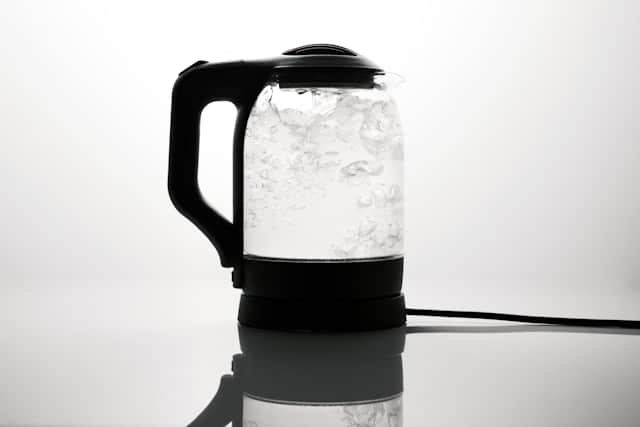
Filling the kettle beyond the required amount is a prevalent mistake. Boiling more water than necessary not only wastes electricity but also prolongs boiling time. Always measure the exact amount of water you need to conserve energy and reduce waste.
2. Neglecting Regular Cleaning

Mineral deposits from hard water can accumulate inside the kettle over time, leading to limescale buildup. This buildup reduces the appliance’s efficiency and can affect the taste of your beverages. Regularly descale your kettle using vinegar or specialized cleaners to maintain optimal performance.
3. Leaving Water Inside After Use
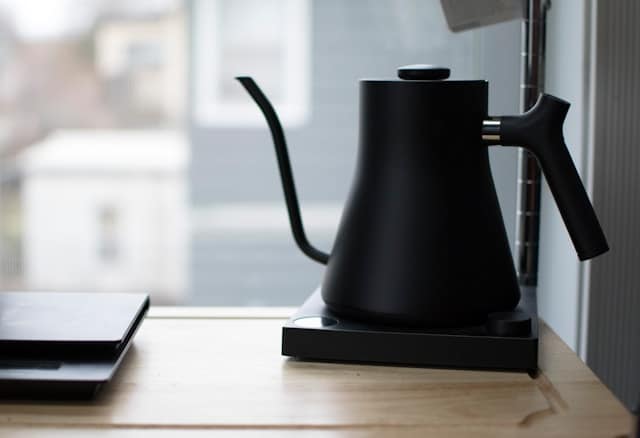
Leaving unused water in the kettle encourages limescale formation and can impart a stale taste to your drinks. Emptying the kettle after each use helps prevent these issues and ensures fresh-tasting water every time.
4. Reboiling Water Multiple Times
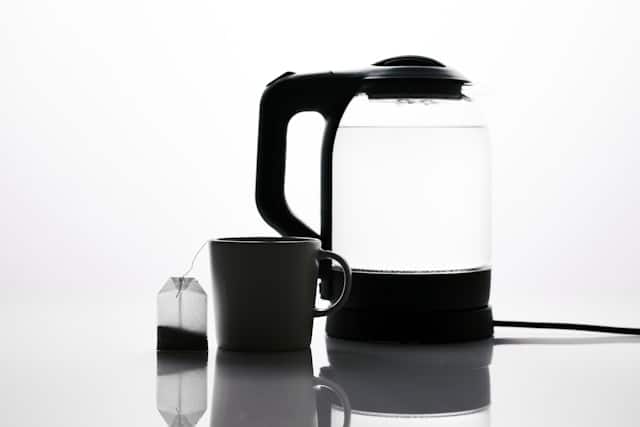
Some users habitually reboil water, thinking it’s harmless. However, reboiling can concentrate certain impurities and alter the water’s composition, potentially affecting the flavor of your beverages. It’s best to boil only the amount you need and use it promptly.
5. Using Inappropriate Power Outlets
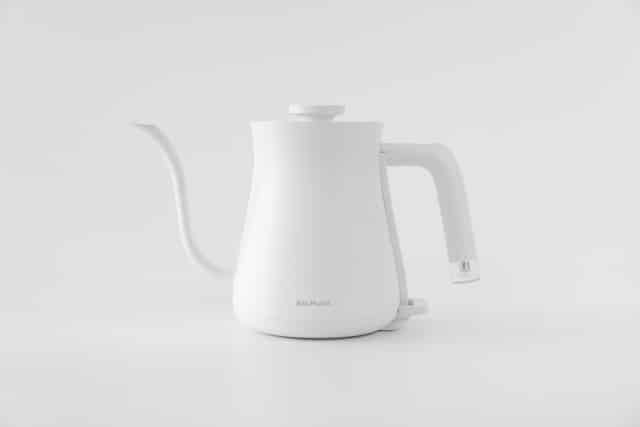
Plugging your kettle into a low-capacity or overloaded outlet can strain the electrical circuit, reducing efficiency and posing safety risks. Always ensure you’re using an outlet that matches the kettle’s wattage requirements to maintain safe and efficient operation.
6. Ignoring the Minimum Fill Line

Boiling water below the kettle’s minimum fill line can expose the heating element, leading to potential damage and costly repairs. Always ensure the water level meets the manufacturer’s recommended minimum to protect your appliance.
7. Overreliance on Automatic Shutoff

While most modern kettles feature automatic shutoff mechanisms, relying solely on them can lead to wear over time. Manually turning off the kettle when not in use can extend its lifespan and prevent potential malfunctions.
8. Boiling with the Lid Open

Some believe that boiling water with the lid open speeds up the process. In reality, this practice reduces efficiency and increases boiling time. Always ensure the lid is securely closed to achieve optimal boiling conditions.
9. Using the Kettle for Non-Water Liquids
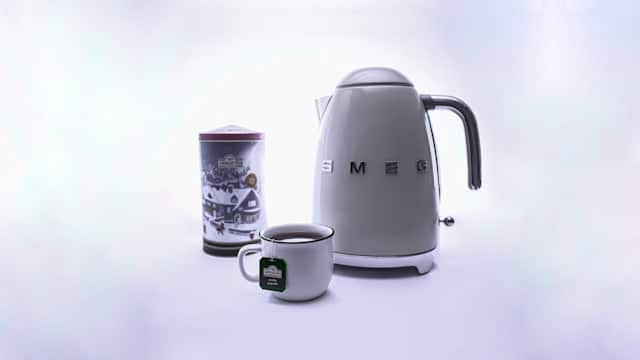
Electric kettles are specifically designed for boiling water. Using them to heat other liquids like milk or soups can damage the appliance and make cleaning challenging. Stick to boiling water to maintain your kettle’s integrity.
10. Neglecting to Inspect the Power Cord
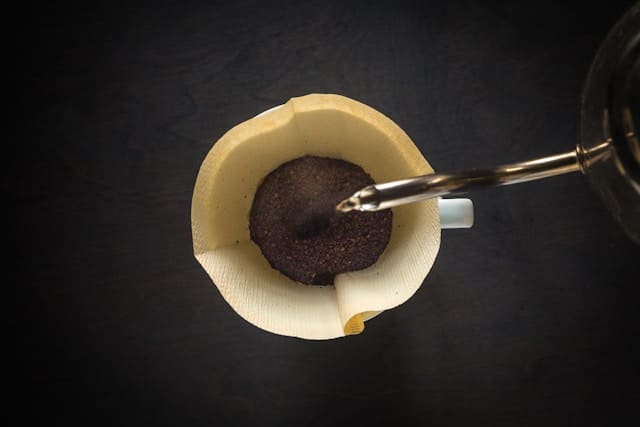
A frayed or damaged power cord poses significant safety hazards, including the risk of electrical shocks or fires. Regularly inspect the cord for signs of wear and tear, and replace it if necessary to ensure safe operation.
By being mindful of these common mistakes, you can enhance the efficiency, safety, and longevity of your electric kettle, ensuring many more years of reliable service.
